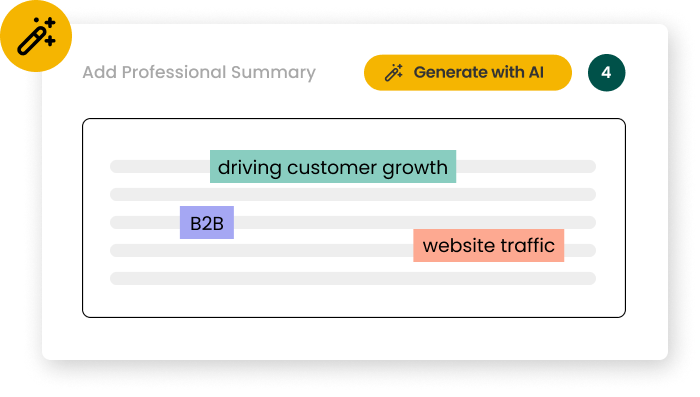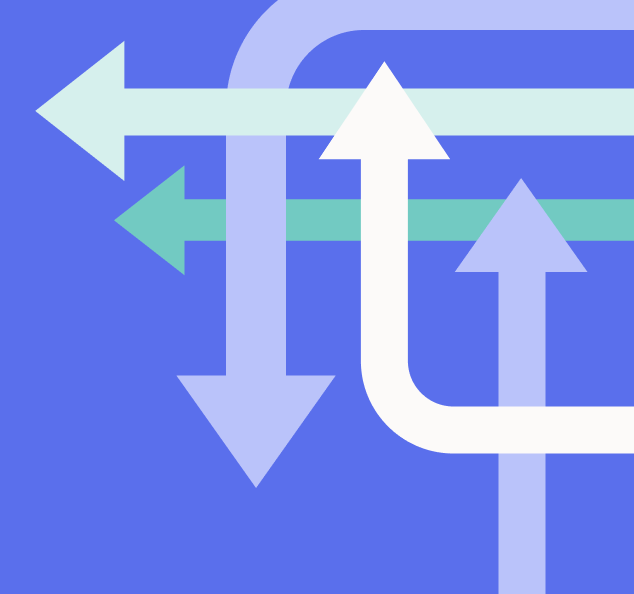Introduction to Customer Experience Manager Tools
In the ever-evolving landscape of customer engagement, the arsenal of a Customer Experience Manager is incomplete without the right tools and software. These digital instruments are the lifeblood of customer-centric strategies, empowering managers to sculpt extraordinary customer journeys. From sophisticated Customer Relationship Management (CRM) systems to cutting-edge analytics tools, these resources are pivotal in capturing customer feedback, personalizing interactions, and ensuring that every touchpoint is an opportunity to delight and retain. For Customer Experience Managers, proficiency in these tools is not just about managing relationships; it's about elevating them to an art form, where data and human insight blend seamlessly to forge memorable experiences.
The significance of these tools extends beyond the mere enhancement of day-to-day tasks; they are the bedrock of informed decision-making and strategic foresight in the realm of customer experience. Aspiring Customer Experience Managers must immerse themselves in the nuances of these technologies to stand at the forefront of an industry where exceptional service is the currency of success. Mastery of these tools signals to employers a candidate's dedication to the craft and their potential to drive customer satisfaction to new heights. For both novices and seasoned professionals, a deep understanding of Customer Experience Manager tools is a clear differentiator in a competitive field where the customer's voice is paramount.
Understanding the Customer Experience Manager's Toolbox
In the multifaceted role of a Customer Experience Manager, the arsenal of tools and software at their disposal is critical for delivering exceptional customer experiences. These tools not only enhance the efficiency of workflows but also sharpen the decision-making process and bolster team collaboration, ensuring that customer needs are met with precision and care.
The technological landscape for Customer Experience Managers is rich and varied, encompassing platforms that aid in understanding and improving the customer journey. The right set of tools can transform data into insights, streamline communication, and manage customer interactions, all of which are vital for cultivating a positive customer experience.
Customer Experience Manager Tools List
Find the Important Tools for Any Job
Compare your resume to a specific job description to identify which tools are important to highlight on your resume.
Match Your Resume to a JD
Learning and Mastering Customer Experience Manager Tools
As Customer Experience Managers, the tools and software you utilize are pivotal in shaping the customer journey and ensuring satisfaction at every touchpoint. Mastering these tools is not just about understanding their features; it's about leveraging them strategically to enhance the overall customer experience. A hands-on, immersive approach to learning, coupled with a commitment to continuous improvement, is essential for staying ahead in the dynamic field of customer experience. Here are some actionable insights and methods to guide you in learning and mastering the Customer Experience Manager tools and software.
Establish a Strong Customer Experience Foundation
Before diving into the specifics of any tool, it's crucial to have a robust understanding of customer experience principles. This knowledge will serve as a compass when selecting and utilizing tools that align with your customer experience strategy. Engage with CX thought leaders, read industry reports, and participate in workshops to build a solid foundation.
Immerse Yourself in Hands-on Exploration
To truly master a tool, you must roll up your sleeves and use it. Start with trial versions to familiarize yourself with the interface and features. Create mock customer scenarios and use the tool to navigate these situations. This direct engagement will help you understand the nuances of the tool and how it can be applied to real-world customer interactions.
Participate in User Communities and Support Networks
Joining user communities and forums related to your tools can provide invaluable insights. These platforms are often filled with experienced users who share their knowledge, troubleshooting tips, and innovative ways to use the tools. Engaging with these communities not only aids in learning but also keeps you informed about updates and new features.
Utilize Official Training Resources
Most tools come with a wealth of official training materials, such as tutorials, knowledge bases, and documentation. These resources are tailored to help you grasp the basics and progress to more advanced functionalities. They often include practical tips that can streamline your learning process and improve your efficiency with the tool.
Enhance Skills with Specialized Courses and Certifications
For tools that are integral to your role, consider enrolling in specialized courses or pursuing certifications. These structured educational programs can deepen your understanding of the tool's capabilities and strategic applications. Certifications not only bolster your expertise but also enhance your professional credibility.
Commit to Ongoing Learning
The landscape of customer experience tools is constantly evolving. To maintain your edge, make a habit of continuous learning. Subscribe to industry newsletters, follow updates from tool providers, and regularly reassess your toolkit to ensure it remains relevant and effective in meeting your objectives.
Collaborate and Solicit Feedback
As you advance in your tool mastery, share your experiences with colleagues and seek their input. Collaborating on best practices and discussing challenges can lead to innovative solutions and improved approaches. Feedback from peers and customers can also provide fresh perspectives on how to optimize the use of your tools for better customer experiences.
By adopting these strategies, Customer Experience Managers can not only learn but also master the tools and software that are vital to delivering exceptional customer experiences. Remember, the goal is not just to become proficient in using a tool but to understand how it can be harnessed to create meaningful and lasting customer relationships.
Tool FAQs for Customer Experience Managers
How do I choose the right tools from the vast options available?
Choosing the right tools as a Customer Experience Manager involves assessing the touchpoints of your customer journey. Prioritize tools that offer robust analytics, feedback collection, and multi-channel support. Look for platforms that are highly regarded in the industry and ensure they align with your company's scale and customer base. Additionally, consider tools that facilitate team collaboration and integrate seamlessly with your current tech stack to streamline customer experience processes effectively.
Are there any cost-effective tools for startups and individual Customer Experience Managers?
Customer Experience Managers must adeptly navigate new tools to enhance customer satisfaction and loyalty. Prioritize learning software that streamlines customer feedback and support processes. Engage in interactive webinars and quick online courses from platforms like Udemy or LinkedIn Learning. Utilize in-tool resources like chat support or knowledge bases. Apply new features in pilot customer interactions to gauge impact. Embrace community forums for shared strategies and insights, ensuring tools are leveraged to foster exceptional customer experiences.
Can mastering certain tools significantly enhance my career prospects as a Customer Experience Manager?
Customer Experience Managers can stay current by actively engaging in professional networks and CX forums, subscribing to specialized newsletters, and attending industry-specific events. Regularly participating in workshops and training sessions focused on customer experience trends and technologies is also crucial. Additionally, following thought leaders and influencers on social media can provide valuable insights into innovative tools and best practices in the field.
Up Next
Customer Experience Manager LinkedIn Guide
Learn what it takes to become a JOB in 2024


